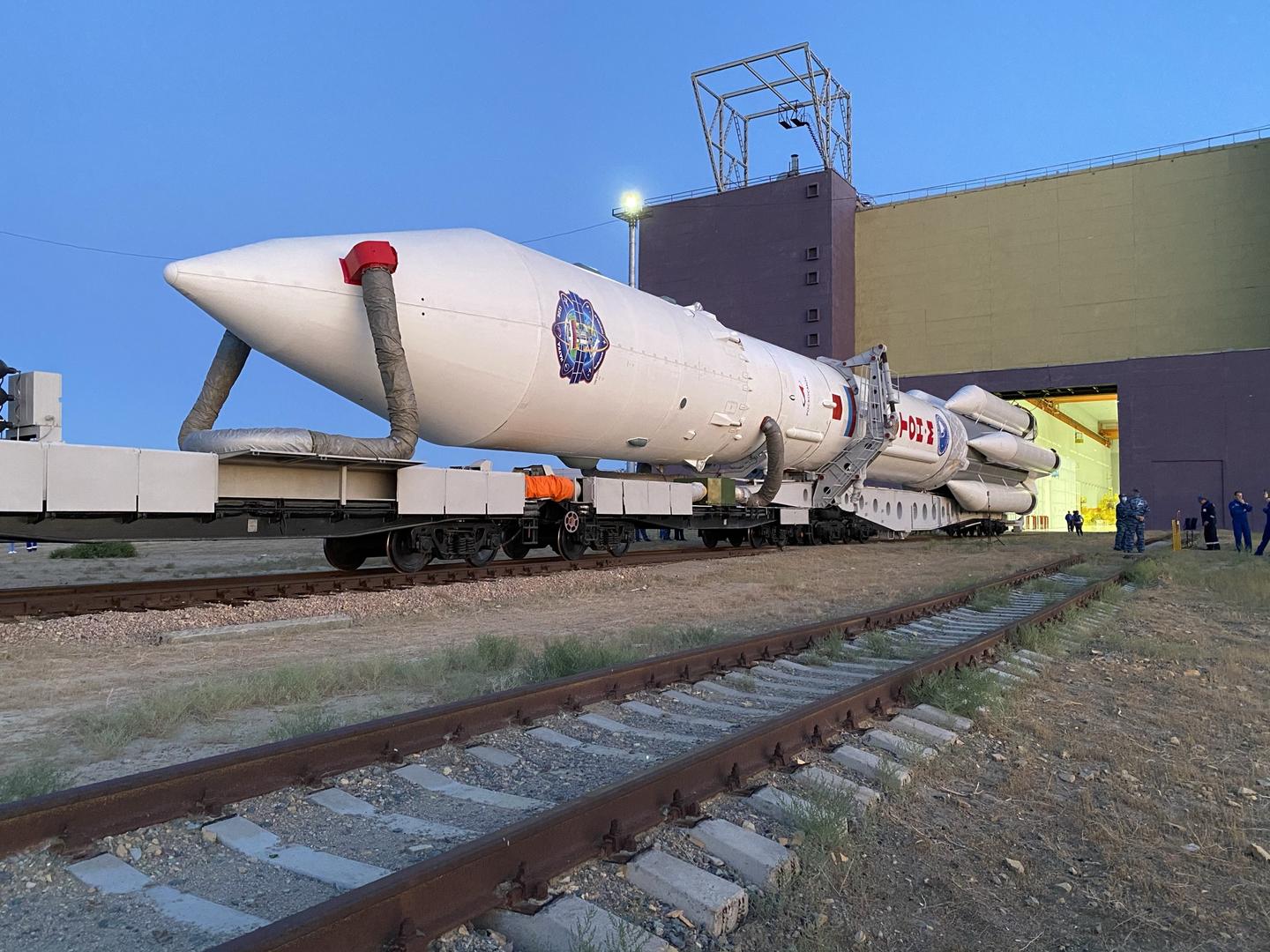Multichoice has come under flack lately from keyboard warriors after Russia Today fell off the company's DSTV offering.
“Sanctions imposed on Russia by the European Union [EU] have led to the global distributor of the channel ceasing to provide the broadcast feed to all suppliers, including MultiChoice,” Multichoice was quoted as saying.
Hmmm, I thought, so why not simply downlink the Russia Today signal directly via satellite?
It turns out Russia Today uplinks to two satellites.
The first satellite is Express 103 which launched 20 July 2020 from Kazakhstan's Baikonur Cosmodrome. (Check out the launch video, it's pretty effing spectacular.) Express 103's footprint is pretty much all of Asia.
The second satellite is Express AM8 which is a much older bird launched 14 September 2015 also via Proton/Baikonur. This one appears to have three downlinking transponders targeting Latin America, Africa, and Europe.
Here's a quick table:
|
Asia |
Europe |
Africa |
Latin America |
|
|
Satellite |
Express 103 at 96.5°E |
Express AM8 at 14.0°W |
Express AM8 at 14.0°W |
Express AM8 at 14.0°W |
|
Frequency (MHz) |
3675 |
11634 |
11541 |
3975 |
|
Band |
C |
Ku |
Ku |
C |
|
Polarization |
Right |
Vertical |
Horizontal |
Right |
|
Modulation |
DVB-S2 QPSK |
DVB-S2 8PSK |
DVB-S2 QPSK |
DVB-S2 8PSK |
|
Symbol Rate |
4247 |
7347 |
8264 |
3903 |
|
1/2 |
3/4 |
3/4 |
3/4 |
|
|
SID |
2 |
2 |
2 |
|
|
VPID |
481 |
|||
|
APID |
482 |
Based on the satellite footprint data from LyngSat, the RT signal to Johannesburg is within footprint , unencrypted SD on the Ku band.
I'll devote some time this weekend bugging my friends in the satellite signal downlinking business to hook me up.
Fun fact, by the way: The name "Ku band" comes from German Kurz-unten (literally "K under") and is a relic of the Cold War. The K band was known as the NATO band.
And now y'all use these frequencies to watch DSTV and OVHD.


